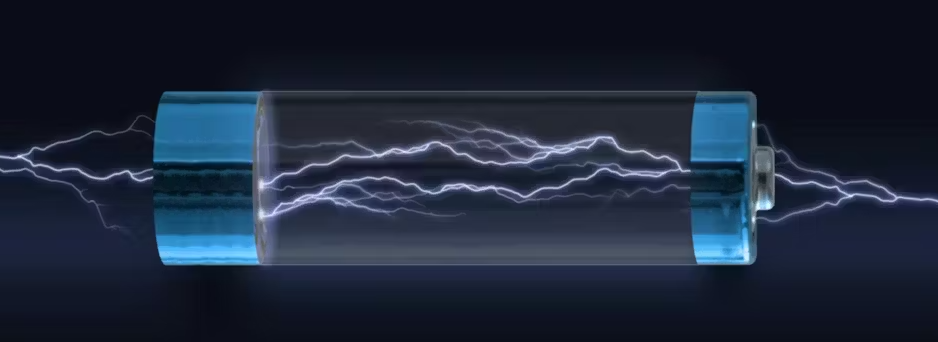
Energy innovation is taking many forms these days. New solar and wind installations are more efficient than their predecessors and exploration and development companies are spending less to extract more oil and gas. But batteries can stake a claim to being the most active element of the energy space as scientists push the limits both of chemistries and charging capabilities. If you’re a lay person looking to catch up on the basics, you could do a lot worse than reading Power & Motion’s recent piece on choosing the right battery technology and Machine Design’s look at how battery testers are being pushed by developers’ advances.
It looks like those testers will be challenged some more by an “under-our-very-noses discovery” that led our colleagues at Electronic Design to ask if the end for fossil fuels just moved a lot closer. Researchers at the SLAC-Stanford Battery Center found that “giving battery cells their maiden charge at unusually high currents increased their average lifespan by 50% while decreasing the initial charging time from 10 hours to just 20 minutes.” You don’t need to be an electrical engineer or auto manufacturing executive to see what that could mean. Read all about the exciting finding here.





